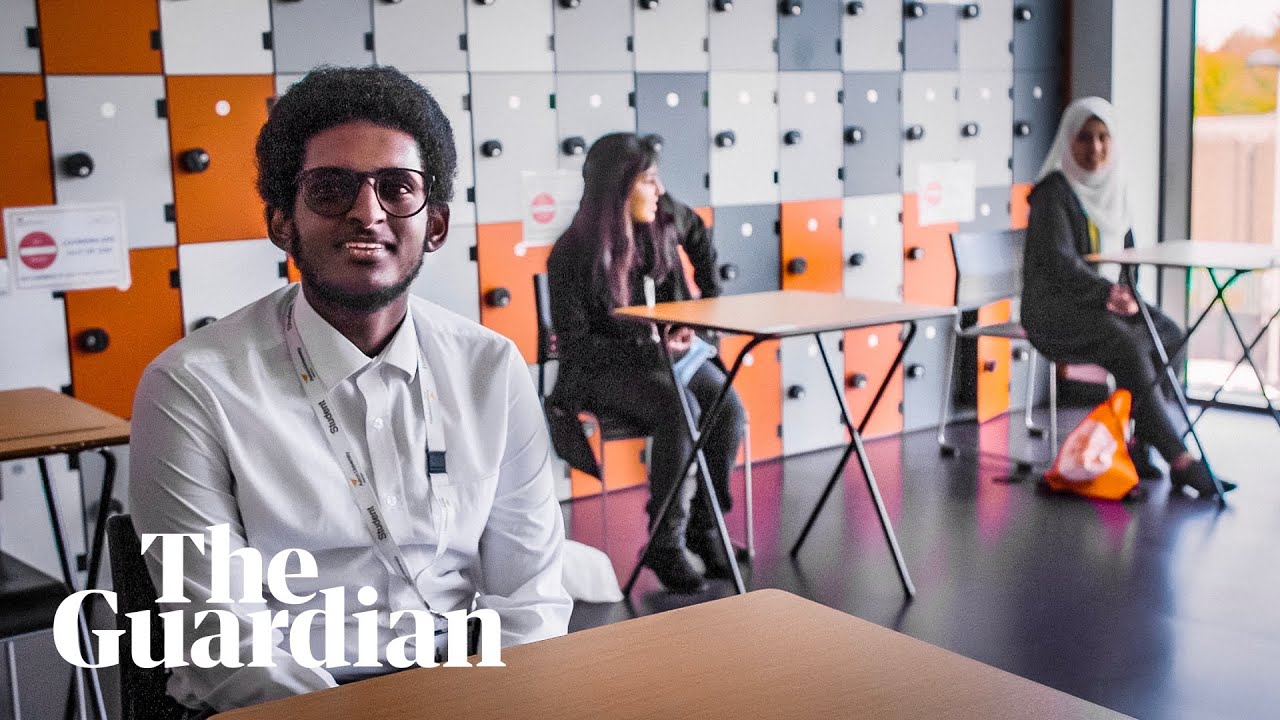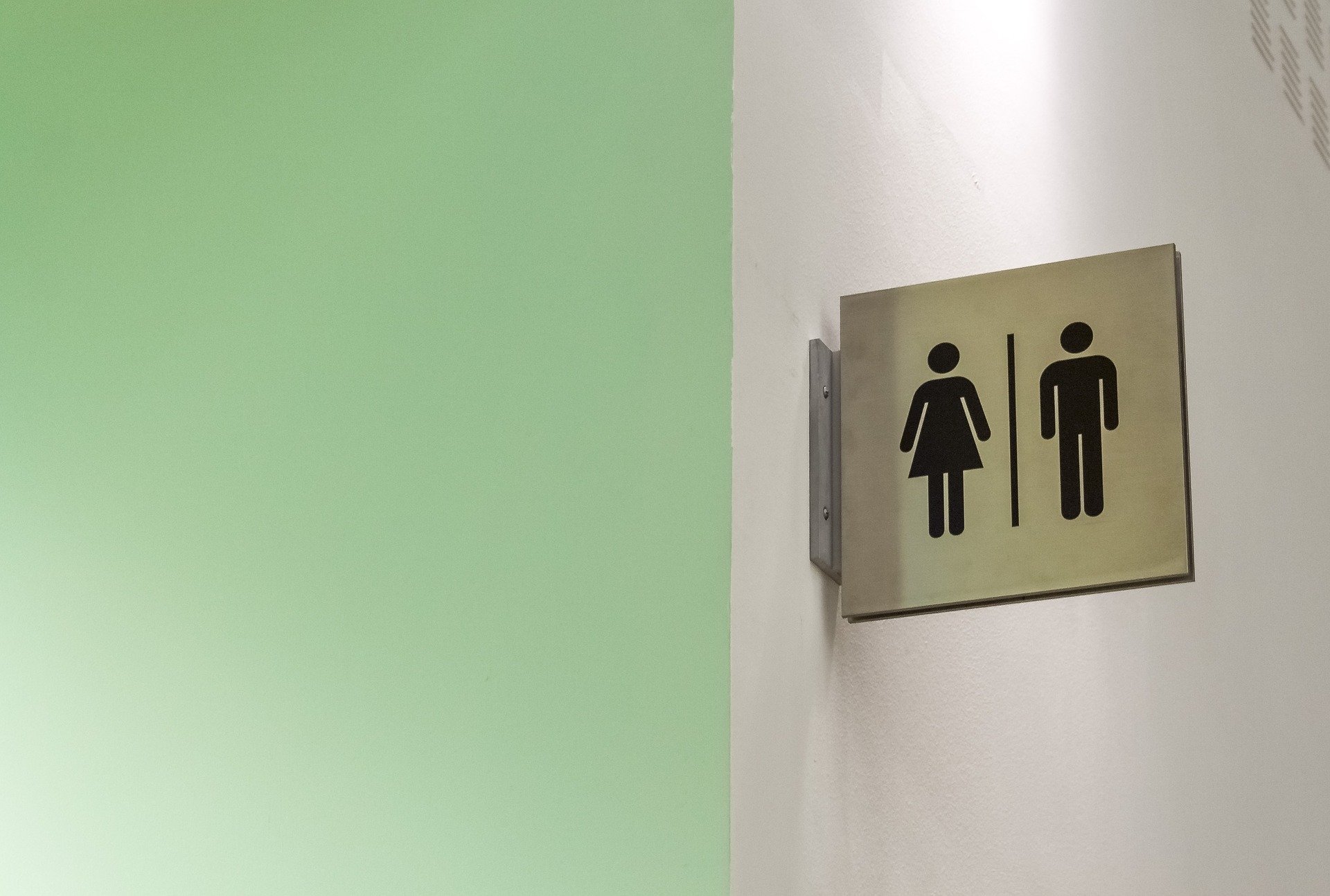As Scottish schools end first week of classes after five months of Covid-19 lockdown, what can rest of UK learn?

1. Don’t expect things to run perfectly from the first day
Parents across Scotland have highlighted various difficulties, including bubbles preventing friends from mixing, canteens not serving hot food to children who may rely on schools to provide their main meal and changed access to toilets. Interpretations of government guidelines onissues such as bringing school bags to class have also varied, not just between councils but between local schools.
Education officials accept teething problems are inevitable, and Eileen Prior, the executive director of Connect, Scotland’s national parents’ organisation, said communication was key: “We know schools are working really hard, and it does come down to how individual heads are involving parents in discussions, both about the practicalities of return and also what the process will be if there is a case of coronavirus in the school.”
When an entire primary class in Glasgow was asked to isolate this week after a pupil tested positive for Covid-19, staff spent the following afternoon delivering iPads so that teaching could continue remotely.
2. Being all together again is a culture shock for children
Many young people have highlighted the dissonance of suddenly being surrounded by peers after months of lockdown and isolation. “It does feel strange having so many people all together indoors,” said Annie McNamee, 17, who has just returned to her final year at high school in East Renfrewshire. Guidance states that though primary school children do not have to distance, secondary pupils should do so where possible, but photographs of packed corridors and lunch halls suggests this has not been practical in many cases.
“This is a large school and it would be impossible for us all to socially distance,” said McNamee, adding that having different rules for young people in and out of school “definitely undermines it”. “I wear a mask on public transport or in shops and only eight people can come round to my house, but in school we’re all crowded together. I don’t think people can take it seriously.”
3. Teachers feel vulnerable too
Many teachers report increasing frustration at the inconsistency of advice and a sense that their safety fears have been ignored. Some have reported concerns about younger children breathing directly in their faces, or windows in classrooms not opening to allow good airflow. Larry Flanagan, the head of Scotland’s largest teaching union, the EIS, wrote to Nicola Sturgeon this week calling for stronger reassurance, in particular on face coverings, which staff and older pupils are not currently required to wear.
Flanagan said his members were as keen as parents to reopen, but he identified high levels of anxiety because the picture of community transmission was changing daily.
4. Consider if it is necessary to make school infections public
“The naming of schools where infections have been found is definitely building anxiety and feels counterproductive as often the infection actually originates elsewhere,” said Prior. Every instance so far has been a case of community rather than in-school transfer, as health authorities have repeatedly emphasised.
Callout
callout-coronavirus
“>
At her daily briefing on Wednesday, Sturgeon said: “The reason we’re giving this level of detail is to give a sense of how seriously [this is] being taken.”
5. Don’t scapegoat teenagers
Scotland’s children’s commissioner, Bruce Adamson, said “some politicians’ statements seemed to be apportioning blame or suggesting that young people were putting others at risk” after growing concerns about the infection risk posed by young people attending house parties. “Young people have said they feel the focus on house parties is unfair when it’s often adults who are meeting up in that way.”
guardian.co.uk © Guardian News & Media Limited 2010
Published via the Guardian News Feed plugin for WordPress.





